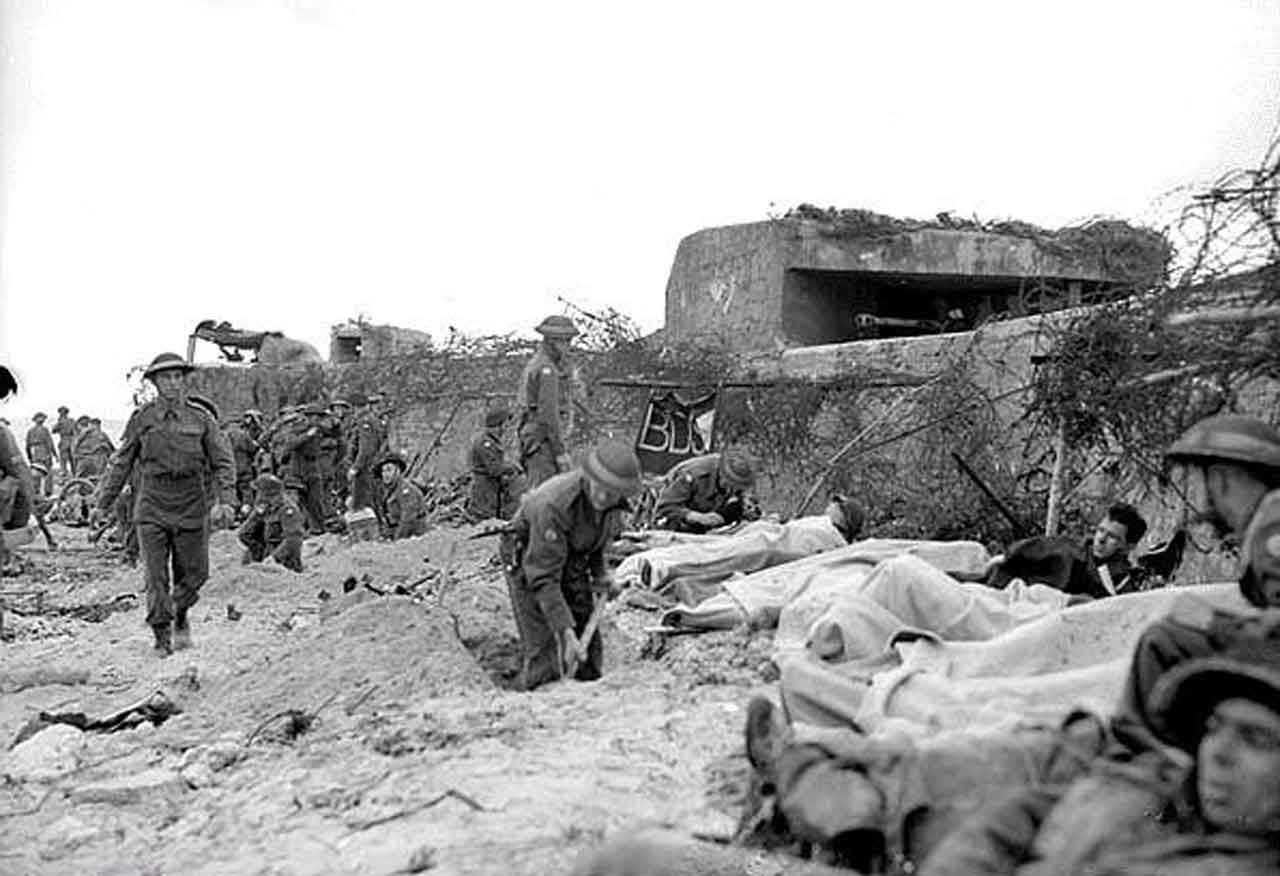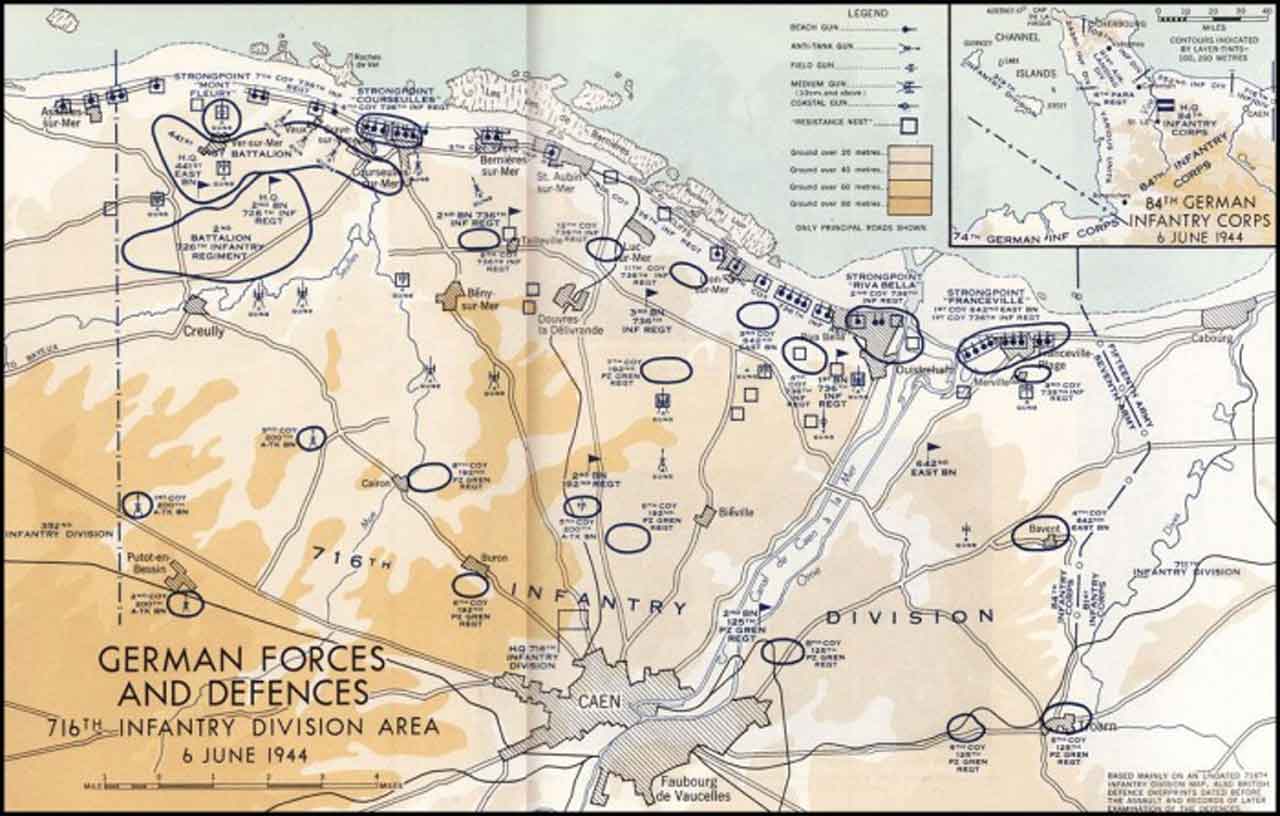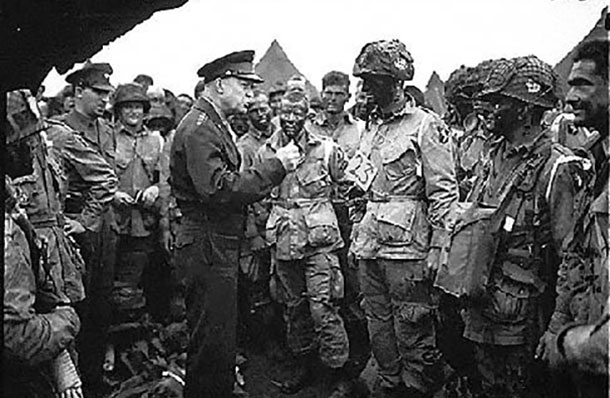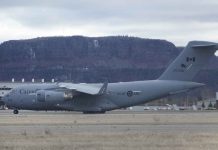Beyond the Beaches: The Untold Stories of the Normandy Landings
THUNDER BAY, ONTARIO – June 6, 2024 – As the world commemorates the 80th anniversary of D-Day, the Normandy landings of June 6, 1944, continue to stand as one of the most significant events in World War II. While many are familiar with the heroic beach assaults by Allied forces, several lesser-known facts reveal the complexities and remarkable details of this monumental day in history.
In today’s often busy world, it is November 11th that people pause to reflect on the sacrifices of brave soldiers, sailors, pilots, and military members.
However it was also the bravery of the men and women who made D-Day a success, and we should not forget their efforts either.
The Weather Gamble
The original date for D-Day was June 5, but bad weather forced a 24-hour delay. General Dwight D. Eisenhower, the Supreme Commander of the Allied Expeditionary Force, made the bold decision to proceed on June 6 based on a favourable weather forecast from his meteorologists. This window of opportunity was crucial, as it allowed the Allies to achieve the element of surprise against the Germans, who believed an invasion was impossible under such weather conditions.
Operation Bodyguard: The Deception Campaign
To ensure the success of D-Day, the Allies orchestrated a massive deception plan known as Operation Bodyguard. This operation included creating fake armies, led by inflatable tanks and dummy landing crafts, and spreading false intelligence to mislead the Germans about the invasion’s location and timing.
One of the most famous aspects was Operation Fortitude, which convinced the Germans that the main attack would occur at Pas de Calais, far from Normandy.
Nazi dictator Adolf Hitler was so convinced that the actual invasion would be a the Pas de Calais that he held back the German panzers from Normandy.
First News Reports of the Invasion
While it might make sense today that it would have been Allied media first reporting on the D-Day Invasion, it was actually German shortwave radio broadcasts that stated that the invasion had started.
Those reports were picked up in Allied countries, especially the United States, where the first rumours of the invasion were carefully reported in the late night, early morning hours of June 6th.

The German people and even Adolf Hitler, who had been up late and watching a movie had gone to sleep and none of his military generals or staff dared to wake up the Hitler fearing that in his by now common eruptive and violent temper would cost them their lives.
The Role of Canadian Forces
While American and British troops are often highlighted, the significant contribution of Canadian forces is sometimes overlooked. On D-Day, 14,000 Canadians landed on Juno Beach, facing fierce resistance. Despite heavy casualties, they succeeded in pushing further inland than any other Allied force on that day.

Their bravery and strategic impact were pivotal in the overall success of the operation.
The Impact of Paratroopers

In the early hours of June 6, before the beach landings, approximately 24,000 American, British, and Canadian paratroopers were dropped behind enemy lines. Their mission was to secure key bridges and roadways to prevent German reinforcements from reaching the beaches. Despite facing scattered drops and heavy enemy fire, their efforts significantly disrupted German communications and troop movements.
The Unsung Heroes: Naval and Air Forces
While the infantry bore the brunt of the assault, the success of D-Day was also due to the enormous support from naval and air forces. Over 5,000 ships and landing craft were involved, providing artillery support and ferrying troops and equipment to the beaches. The air forces, comprising over 11,000 aircraft, conducted extensive bombing raids and provided crucial air cover, which helped to soften German defenses and protect the landing troops.
The French Resistance
The French Resistance played a critical role in the success of D-Day. In the months leading up to the invasion, resistance fighters engaged in sabotage activities, such as cutting communication lines, destroying railways, and gathering intelligence on German troop movements. On the day of the invasion, they provided vital support by disrupting German reinforcements and aiding Allied paratroopers.
The Diversity of the Allied Forces
D-Day was a truly international effort, involving soldiers, sailors, and airmen from numerous countries, including the United States, United Kingdom, Canada, Australia, New Zealand, Belgium, Norway, Poland, and France. This diverse coalition worked together towards a common goal, demonstrating unity and cooperation in the face of a formidable enemy.
The Human Cost
The success of D-Day came at a significant human cost. On June 6 alone, it is estimated that 4,414 Allied soldiers were killed, with thousands more wounded or missing. German casualties were also high, with estimates ranging from 4,000 to 9,000. The beaches of Normandy became the final resting place for many brave souls whose sacrifice paved the way for the liberation of Western Europe.
The Long-Term Impact
The success of D-Day marked the beginning of the end for Nazi Germany. The establishment of a Western Front forced the Germans to fight a two-front war, severely depleting their resources and morale. The Normandy landings set the stage for the liberation of Paris in August 1944 and the eventual Allied victory in Europe in May 1945.
As we reflect on D-Day, it is important to remember not only the well-known stories of bravery and sacrifice but also the lesser-known aspects that contributed to its success. These hidden stories reveal the complexity and scale of the operation and honour the diverse and courageous individuals who played a part in this historic day.




